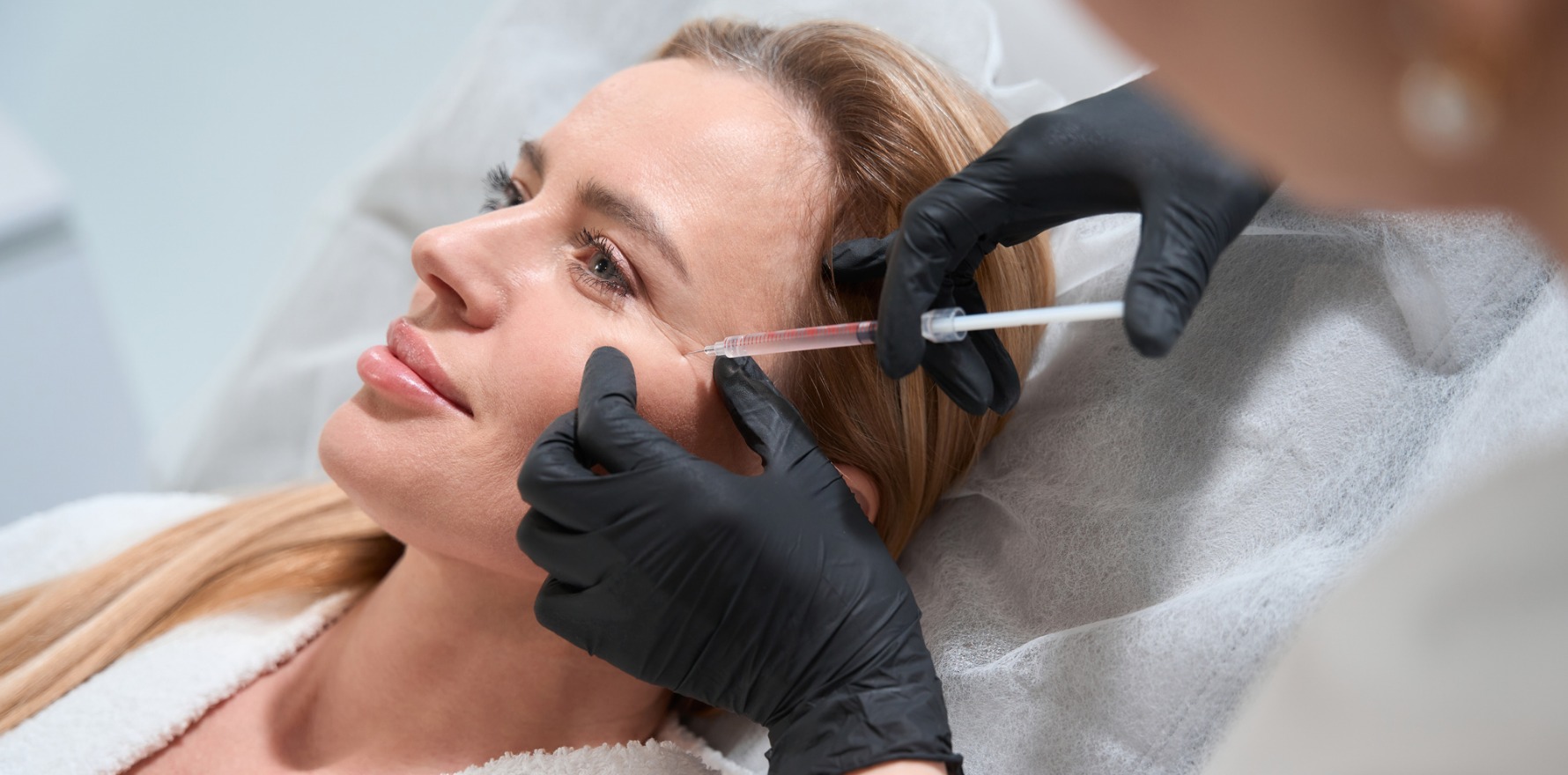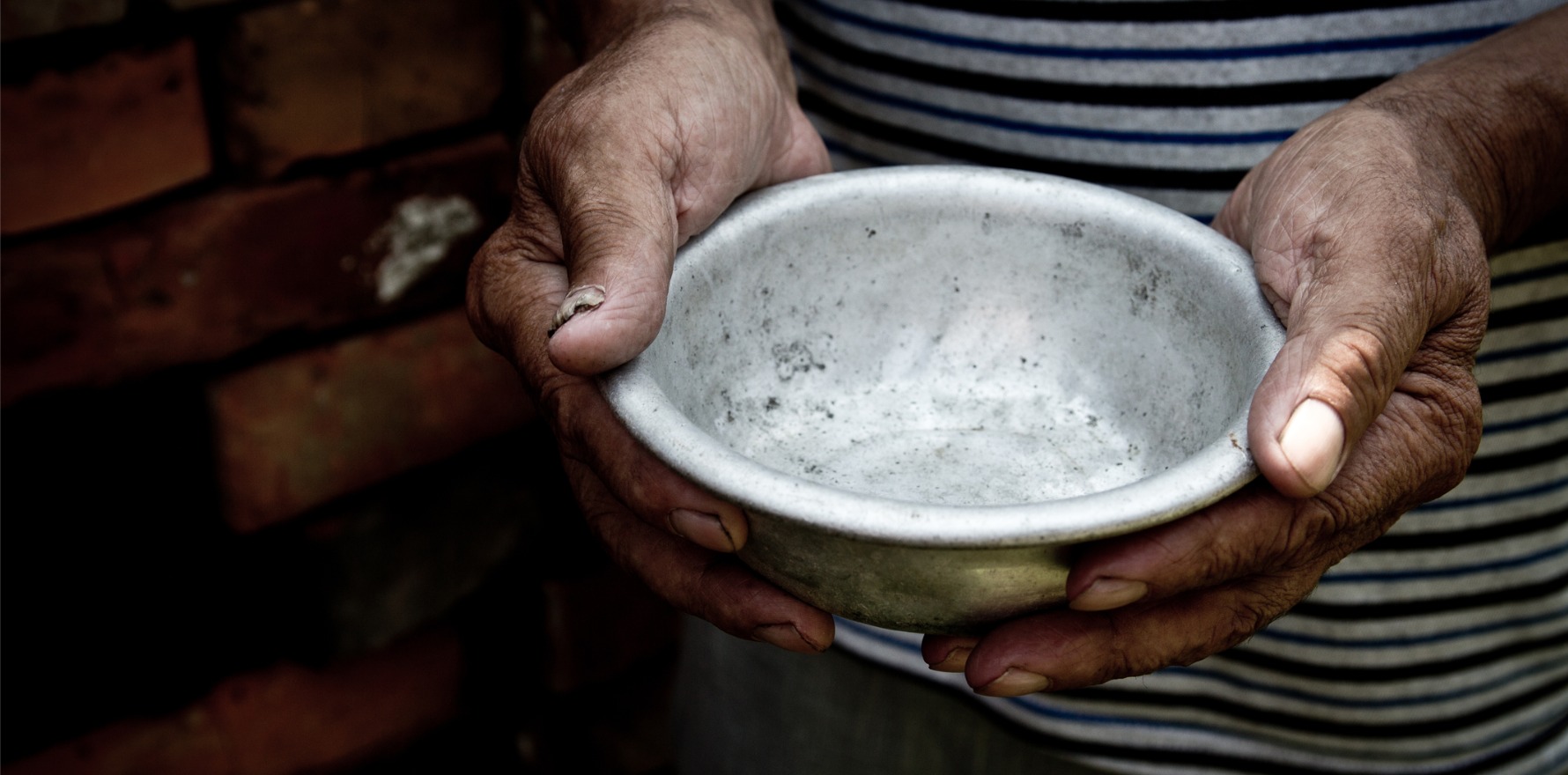General practice is the wrong speciality to train in if what you really want to do is medical aesthetics.
In 2018 I was publicly mocked in a large, closed social media group of GPs for venturing into medical aesthetics.
My main reason for doing so was that coming from a surgical background, I missed procedural work.
It’s funny to me, the number of people who’ve reached out in the years since – including GP registrars – to ask about my pathway and how they can also get into medical aesthetics.
I’m also now a trainer for new and experienced injectors – doctors, nurses and dentists – with wide-ranging levels of experience including complete newbies.
The commonest and most consistent feedback I get from recruiters is that “GPs are the worst to train”.
When I ask why this might be, it’s because:
- They think they can do this once a week or one afternoon and be okay;
- Most of them have never even drawn up a drug much less injected it;
- Many think they can just do this on the side to their usual work and be good at it.
One non-medical person even commented that they probably could inject better than some of the GPs they had seen. Ouch.
At first glance it might be easy to say “people beating up on GPs again!” and yet … I think a lot of what they say is valid.
I have to ask: what is the appeal of general practice if you intend to sidestep into medical aesthetics after all, arguably an unrecognised speciality in its own right?
I’ve known several doctors who are simply MBBS, who tried general practice training and left because they realised it wasn’t for them.
I’ve met others who didn’t even bother and simply went into medical aesthetics post internship.
While I am firmly of the opinion that *any* speciality training adds a level of depth to one’s medical practice in any field, I do wonder at the motivations of those who venture into medical aesthetics, especially as GP registrars or soon after.
As someone who’s now spent equal amounts of time doing surgical and non-surgical work, and has worked the bulk of my two decades in procedural work, my biggest concern remains with the fact that general practice is a non-procedural speciality. It does not confer much in the way of procedural skills.
Many large group practices have practice nurses, allowing GPs to bypass even the most basic skills such as drawing up drugs and vaccines to inject into patients. In metro regions at least, beyond very basic suturing skills, there is little to no procedural work unless a practice aims to skill their trainees in this.
Dermatologists and plastic surgeons commonly hire nurses to do the bulk of their medical aesthetics work for them so they can continue to do the work that they’re trained for, but this is not the case in general practice.
So, is the motivation to boost revenue by offering some small bits of medical aesthetics to patients? Or is it something else?
The GPs’ replies are varied. Some do it because they want to add an offering to the mix (often only Botox, not higher-risk fillers, for example). Others do it because they’re planning to leave general practice.
As one astute female GP noted, general practice done well and charged appropriately can often be just as lucrative as some injectables done ad hoc, or more lucrative, and with a lower risk of complaints and attendant sequelae.
As someone trained in surgical work, I’m mostly saddened by what I see as a largely unregulated industry that encourages just about anyone to join with the promise of quick and easy money and which is set up to profit off this.
In groups, the older and wiser among us who’ve been doing full service medical aesthetics work for years often get told by younger entrants to the industry (including people in their early 20s) that we are gatekeeping.
Related
I have to ask, as I always do, what their goal was in choosing medicine/nursing/dentisty and for GP trainees, what they plan to do with their FRACGP if not to use it.
I still use my FRACGP unofficially and weekly. I just no longer advertise it.
Procedural work takes time, years, to master. At present, it is possible, if the advertisements are to be believed, to attain “master” status from beginner within five or six days of a hands-on course.
I have to ask, do we know what we don’t know when we do a one-week course and then set up shop?
Do we know how to look out for early warning signs of impending crisis?
Do we know how to manage this when it occurs?
Do we learn to manage negative outcomes safely with adequate supervision rather than on an ad hoc basis?
The recent TGA changes are meant to address all this and so much more by attempting, I suspect, to slow the mass exodus of healthcare professionals post-graduation into medical aesthetics.
In reality I suspect, as I anticipated, what is happening is that this is being pushed underground into groups and other avenues where people are led to believe that a few hours or a week is enough for them to set up independently.
A nursing colleague reports chat groups full of new graduate nurses desperate to get into medical aesthetics who have no interest in doing any hospital work at all.
As it stands at presents, medical aesthetics in Australia requires a minimal qualification of doctor/nurse/dentist but
- No structured program;
- No logbook of procedures;
- No mentoring;
- No supervision;
- No repetition for safety;
- No learning from mistakes and close calls;
- No M&M meetings;
- No exams.
No bar.
People being practised on are often unaware of this, including doctor “clients” who see it as no different from a hair or beauty appointment.
No wonder patients think this is akin to shopping at Coles vs Aldi. Why would you pay more when you can have the same for half price?
When I was a GP trainee, I had a decade of O&G experience under my belt yet could not do IUD insertions because my supervisor was not qualified to do so. Yet it would seem just about anyone these days can venture into medical aesthetics on the side. Do they understand what they are signing up for, or is it the new dream?
Expertise is said to be attained at 10,000 hours of practice and repetition. What do you get with a week, or even two to three years full time, if unsupervised or supervised by some self-anointed expert who may well be the blind leading the blind?
This is a hill I’m willing to die on. While we all understand that we gain expertise by treating patients i.e. practising on them, it’s always been under appropriate supervision and mentorship by adequately qualified people. What happens when that bar doesn’t exist?
All those safety layers for patient and practitioner have been disrupted.
So when GPs, especially trainees, ask about training, I have to ask: “Why are you training in a non-procedural speciality and already have one foot out the door?”
Dr Imaan Joshi is a Sydney GP; she tweets @imaanjoshi.





